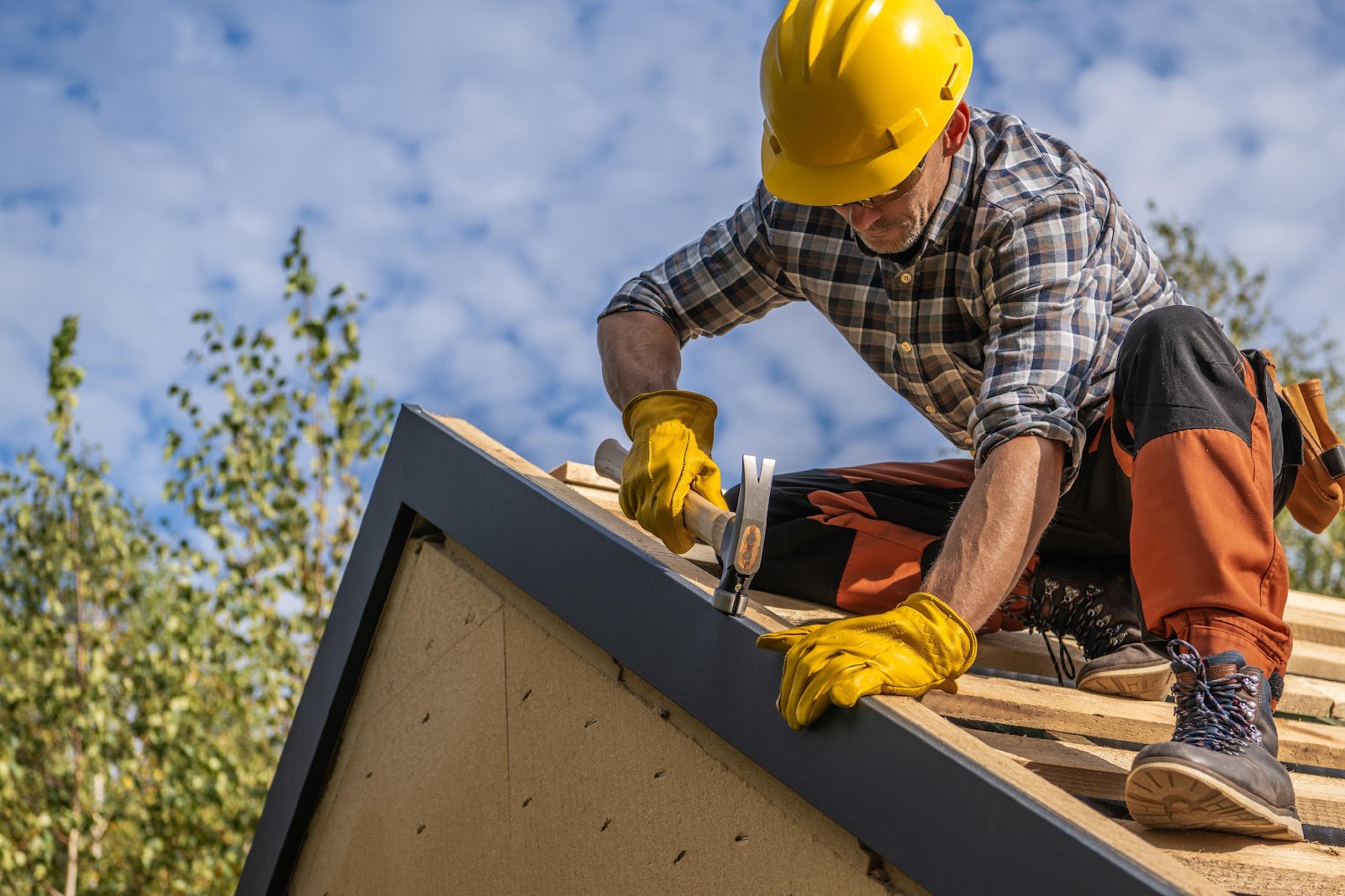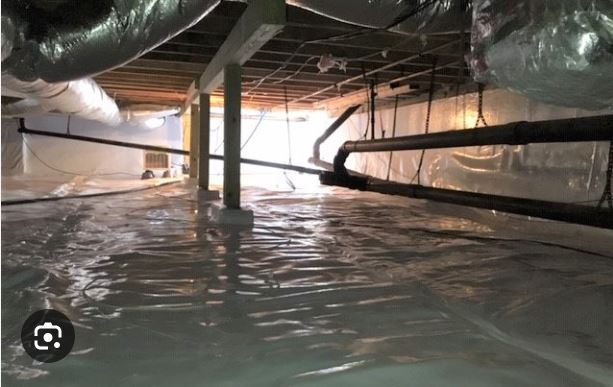
Chimneys add a touch of warmth and elegance to any home, but they require regular maintenance. This blog post will guide you through the essentials of chimney cleaning services, why they matter, and how they benefit your home and family.
Why Chimney Cleaning Matters
Chimney cleaning may not be the first thing on your to-do list, yet it plays a crucial role in home safety. A clean chimney ensures that the harmful gases produced by fire are safely vented outside. Without regular cleaning, creosote, a highly flammable substance, can build up, increasing the risk of chimney fires.
Beyond fire prevention, a clean chimney also improves indoor air quality. Residual smoke and soot can cause respiratory issues, particularly in young children and elderly family members. By keeping your chimney clean, you ensure the air in your home remains fresh and healthy.
When Should You Clean Your Chimney?
The frequency of chimney cleaning depends on how often you use your fireplace. Experts recommend at least one annual inspection and cleaning, especially before the winter season. Regular users might need to clean their chimneys more frequently.
Visible signs can indicate it’s time for a cleaning. Look for a restricted draft, unpleasant odors, or excessive smoke. These signs suggest that your chimney might be clogged with soot and creosote.
DIY vs Professional Chimney Cleaning
Many homeowners wonder if they should tackle chimney cleaning themselves or hire professionals. While DIY methods can be cost-effective, they often lack thoroughness. Chimney cleaning involves more than just sweeping out soot; it requires inspecting for damage and ensuring all parts function correctly.
Professional chimney cleaners have specialized equipment to remove creosote buildup effectively. They can also identify and fix potential problems such as cracks, leaks, or blockages that a DIY approach might miss.
What to Expect from Professional Chimney Cleaning Services
Professional chimney cleaning services offer a comprehensive solution. Technicians will begin with an initial inspection, assessing the overall condition of your chimney. This step is essential for identifying any structural issues or blockages.
Following the inspection, the cleaning process begins. Using specialized brushes and vacuums, technicians remove soot and creosote buildup. They will also check for any damage to the chimney lining, ensuring safe and efficient operation.
The final stage usually involves a detailed report. This report outlines the cleaning performed and any additional repairs needed, providing you with peace of mind and a safer home environment.
How to Choose the Right Chimney Cleaning Service
Choosing the right chimney cleaning service is crucial. Look for companies with proper certification, like those accredited by the Chimney Safety Institute of America (CSIA). Certified professionals adhere to industry standards and best practices.
Check customer reviews and testimonials to gauge the reliability and quality of service. Don’t hesitate to ask for references or view before-and-after photos of previous work. Transparency and customer satisfaction are key indicators of a trustworthy service provider.
The Cost of Chimney Cleaning Services
The cost of chimney cleaning varies based on several factors, including the chimney’s condition, the type of cleaning required, and your location. On average, homeowners can expect to pay between $100 and $300 for standard cleaning services.
While this might seem like an added expense, consider the cost of neglect. Chimney fires, structural damage, and poor air quality can lead to significant expenses down the line. Investing in regular chimney cleaning saves you money and protects your home in the long run.
Common Chimney Issues and How Cleaning Helps
Several common issues can arise with chimneys, many of which regular cleaning can prevent. Creosote buildup is the most frequent problem, creating a fire hazard. Blockages due to debris, animals, or nests can also occur, impeding proper ventilation.
Leaks in the chimney structure can lead to water damage, impacting the integrity of your home. Regular cleaning helps identify these issues early, allowing for prompt repairs and preventing extensive damage.
The Environmental Impact of a Clean Chimney
A clean chimney isn’t just beneficial for your home but also for the environment. Efficiently burning wood reduces the release of harmful pollutants into the atmosphere. Creosote buildup and debris can hinder airflow, causing incomplete combustion and higher emissions.
By maintaining a clean chimney, you contribute to cleaner air quality and a healthier environment. It’s a small step that makes a big difference in reducing your carbon footprint.
Enhancing Your Fireplace’s Efficiency
A clean chimney enhances the efficiency of your fireplace. Soot and creosote can obstruct airflow, making it harder for your fire to draw properly. This leads to inefficient burning and reduced heat output.
Regular cleaning ensures optimal airflow, allowing your fireplace to burn wood more effectively. Improved efficiency means you use less wood while generating more heat, making your fireplace a more sustainable and cost-effective heating source.
Chimney Cleaning Tools and Techniques
Professional chimney cleaners use a range of tools and techniques to ensure thorough cleaning. Long-handled brushes, vacuums, and chemical cleaners are commonly used. These tools reach deep into the chimney, removing stubborn creosote and soot deposits.
In some cases, cleaners might use rotary cleaning systems. These systems involve motorized brushes that spin, effectively scrubbing away buildup. Advanced techniques like video inspections allow technicians to identify hidden issues within the chimney structure.
The Role of Chimney Inspections
Inspections play a vital role in chimney maintenance. A thorough inspection reveals any potential hazards, such as cracks, blockages, or structural damage. Addressing these issues prevents costly repairs and ensures the safety of your home.
Chimney inspections are typically categorized into three levels. Level 1 involves a basic visual assessment, suitable for regular maintenance. Level 2 includes a more detailed examination, often involving video equipment. Level 3 is the most comprehensive, used when severe damage is suspected.
Preparing for Your Chimney Cleaning Appointment
Preparing for a chimney cleaning appointment ensures a smooth and efficient process. Clear the area around your fireplace, removing any furniture or decorations. This allows technicians easy access to the chimney without obstacles.
Ensure your pets and children are safely away from the cleaning area. While professionals take care to minimize mess, it’s best to keep the space clear for safety reasons. Communicate any concerns or specific issues you’ve noticed with the technicians beforehand.
DIY Tips for Maintaining Your Chimney Between Professional Cleanings
While professional cleaning is essential, you can take steps to maintain your chimney between appointments. Regularly check for visible signs of creosote buildup or blockages. Using seasoned wood for burning reduces creosote formation.
Install a chimney cap to prevent debris and animals from entering. Ensure proper ventilation to allow smoke and gases to escape efficiently. These simple steps help keep your chimney in good condition between professional cleanings.
Conclusion
Regular chimney cleaning is vital for the safety and efficiency of your home. It prevents fire hazards, improves indoor air quality, and enhances the performance of your fireplace. By choosing professional chimney cleaning services, you ensure thorough maintenance and peace of mind.
Write and Win: Participate in Creative writing Contest & International Essay Contest and win fabulous prizes.


